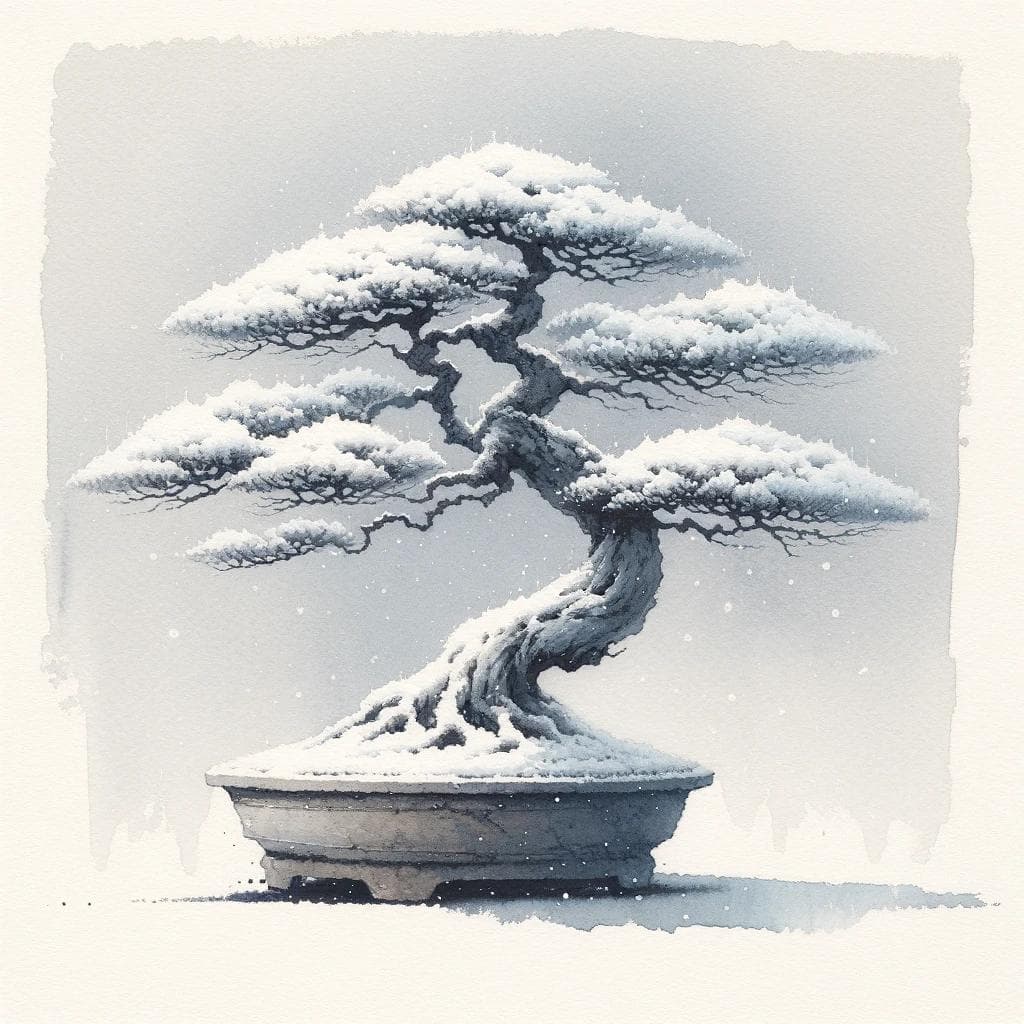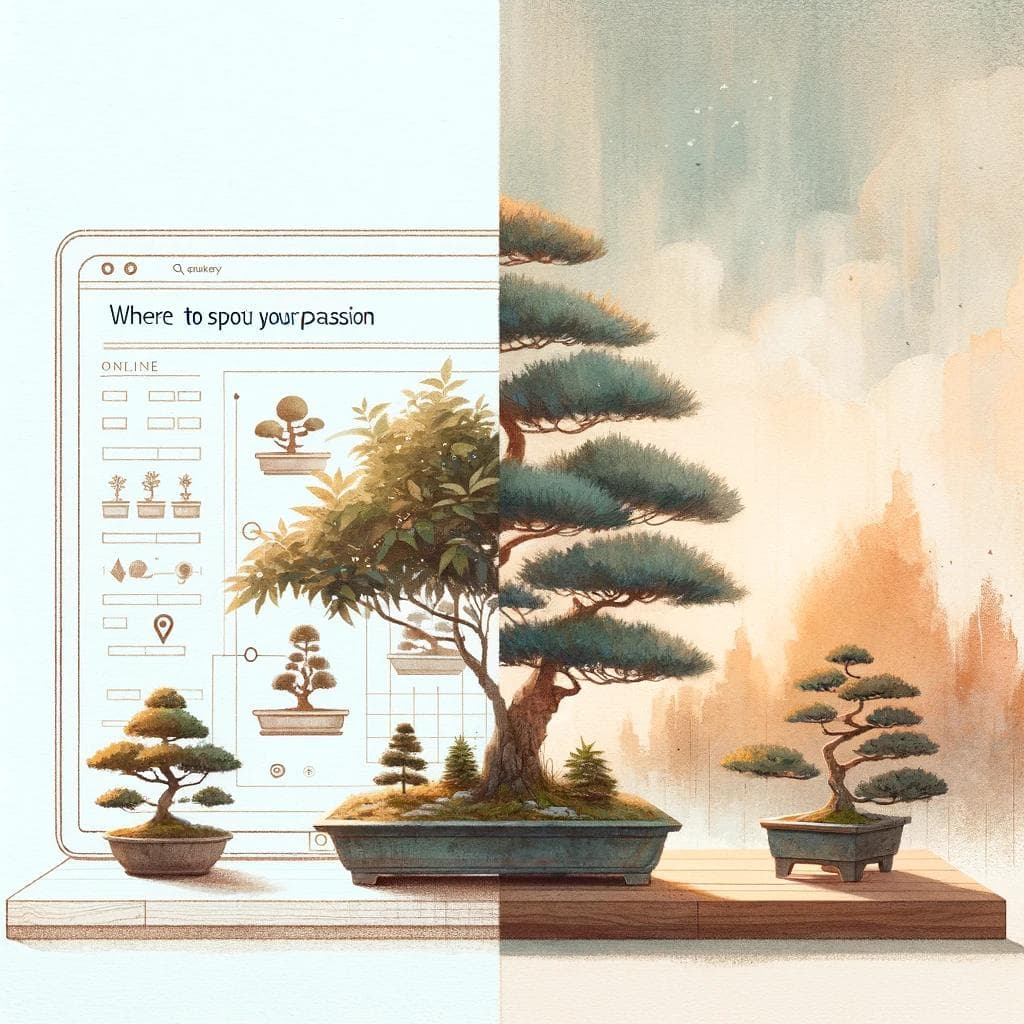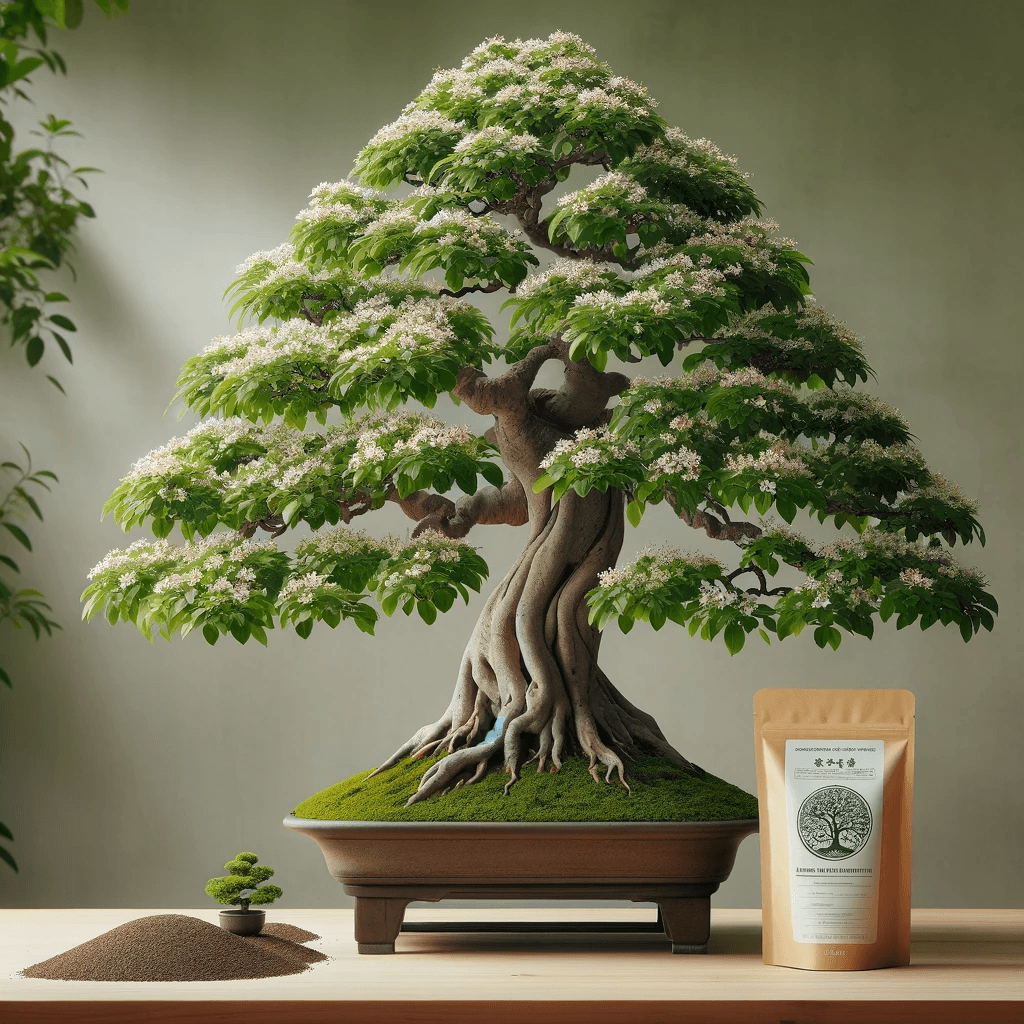Transplanting a Juniper with Confidence

The art of bonsai transcends mere gardening. It's a form of miniature sculpture, cultivating living trees into captivating masterpieces.
And amongst the most popular choices for this art form stands the juniper, a genus famed for its resilience, adaptability, and stunningly sculptural forms. But even the hardiest of junipers need a refresh from time to time, and that's where transplanting comes in.
Note: If you're looking for other guides, check out our other, less traditional bonsai varietals: how to turn Rosemary, Oregano or even Lemon trees into bonsai!
Juniper Varieties: A World of Miniature Majesty
Not all junipers are created equal, and each species boasts its own unique charm when miniaturized. Here are a few popular choices:
- Shimpaku (Juniperus chinensis): Renowned for its dense foliage and cascading branches, the Shimpaku is a classic bonsai subject, offering endless possibilities for shaping.
- Gokyo (Juniperus procumbens): Cascading like a verdant waterfall, the Gokyo's low-growing nature makes it ideal for shallow pots and cascading styles.
- Juniper Bonsai Starter Kit: If you're new to the world of bonsai, a starter kit like this one [Amazon Link to Bonsai Starter Kit with Juniper] provides everything you need to get started, including a pre-bonsai juniper, soil, and tools.
Crafting the Perfect Foundation: Soil Secrets for Thriving Junipers
A well-draining soil is crucial for your juniper's post-transplantation health. Akadama, a Japanese volcanic clay, is widely considered the gold standard for bonsai soil. Its porous nature allows for excellent aeration and drainage, preventing root rot. You can find Akadama online or at specialty garden stores. For added drainage, consider mixing in some bonsai grit or pumice [Amazon Link to Bonsai Grit].
When to Transplant and Prune: Timing is Key
The ideal time for transplanting junipers depends on the species and climate. Generally, early spring, before new growth emerges, is the safest bet. However, warmer regions might find fall transplanting successful. Pruning should be done in conjunction with transplanting, focusing on removing deadwood and shaping the basic branch structure. Tools like concave branch cutters [Amazon Link to Concave Branch Cutters] can help achieve clean cuts and minimize damage.
Big Rootballs, Big Decisions: What to Do with a Monster?
Large rootballs can be daunting, but fear not! Carefully loosen the soil around the edges and gently tease out some of the larger roots. Avoid severing thick, healthy roots. If necessary, use a root hook [Amazon Link to Root Hook] to navigate tight spaces. Remember, the goal is to encourage new root growth within the smaller pot, so don't be afraid to trim some of the older, thicker roots.
Products to Pamper Your Post-Transplant Juniper:
- Bonsai fertilizer: A gentle, balanced fertilizer like this one will provide essential nutrients for your recovering juniper. Check out our post on fertilizers to get your juniper the right nutrition
- Root stimulator: Root stimulators can encourage healthy root growth and ease transplant stress.
- Moisture meter: Keeping the soil consistently moist but not soggy is crucial. A moisture meter like this one takes the guesswork out of watering.
Visual Learning: Watch a Master at Work
For a clear demonstration of the transplanting process, check out this informative video by Bonsai Mirai
Transplanting your juniper bonsai might seem daunting, but with the right knowledge and tools, it can be a rewarding experience that breathes new life into your miniature masterpiece. Remember, patience and proper care are key, and soon, your juniper will be thriving in its new home, ready to grace your collection for years to come.
Read More

Winter Do's and Don'ts for Bonsai: Keep Your Tiny Trees Thriving Through the Chill

The Ultimate Guide to Selecting an Advanced Bonsai Course (For Experts)

Master the Art of Miniature: A Guide to Choosing the Right Bonsai Fertilizer
BonsaiCourses.com is dedicated to offering comprehensive educational content on bonsai art and cultivation. While our site may include affiliate links for bonsai products and tools, our recommendations are based on our expertise and commitment to quality. As an Amazon Associate I earn from qualifying purchases. Any purchases made through these links may earn us a commission at no extra cost to you.